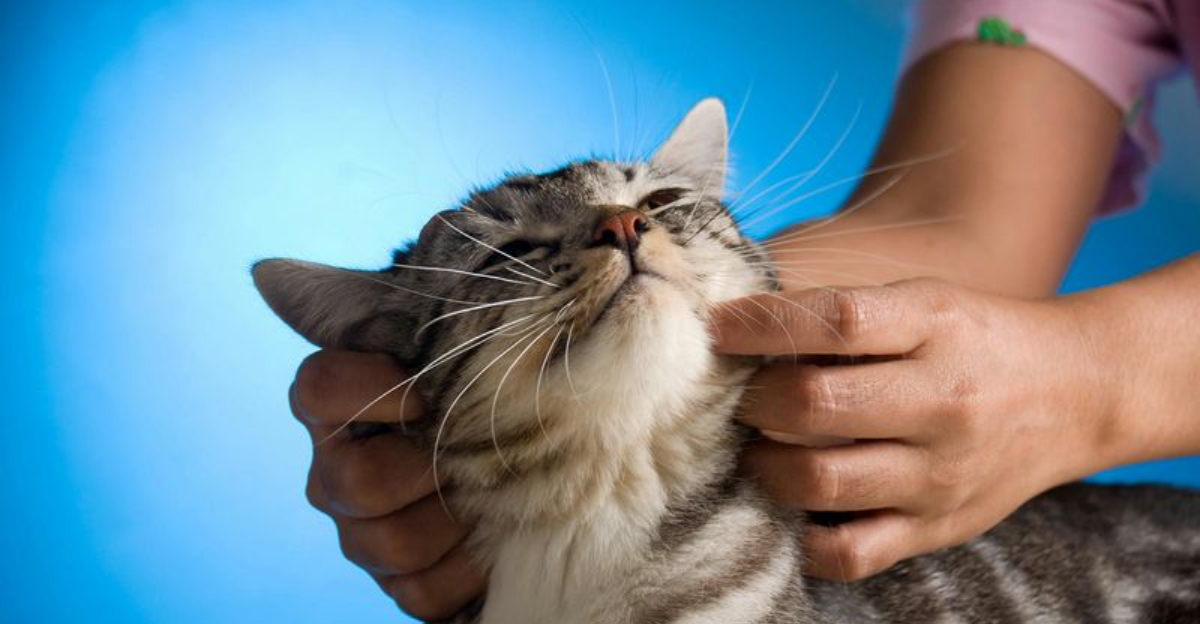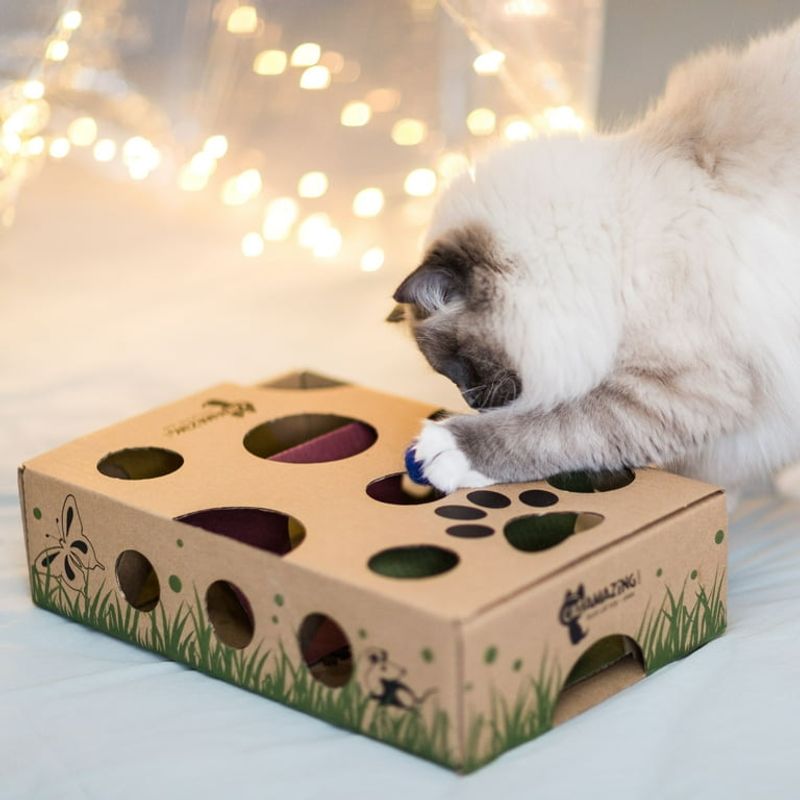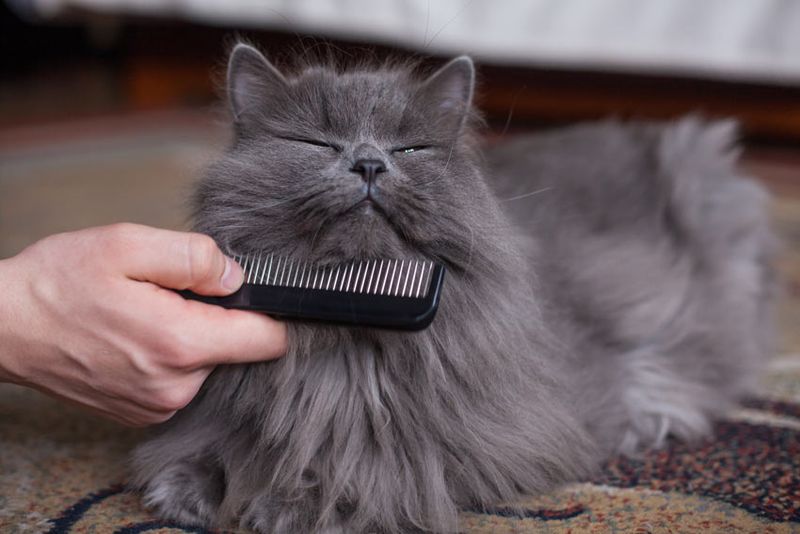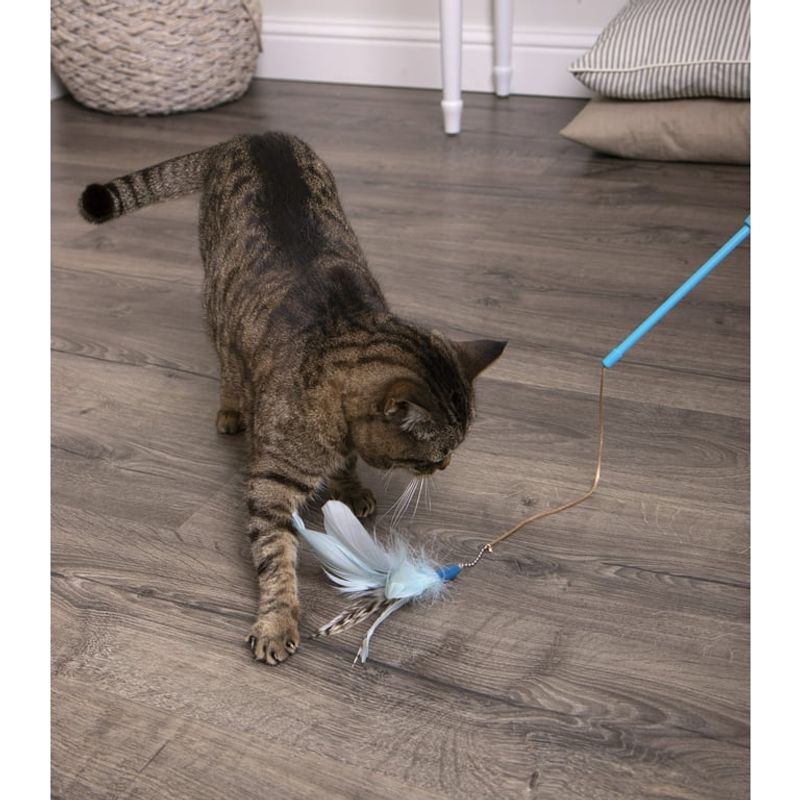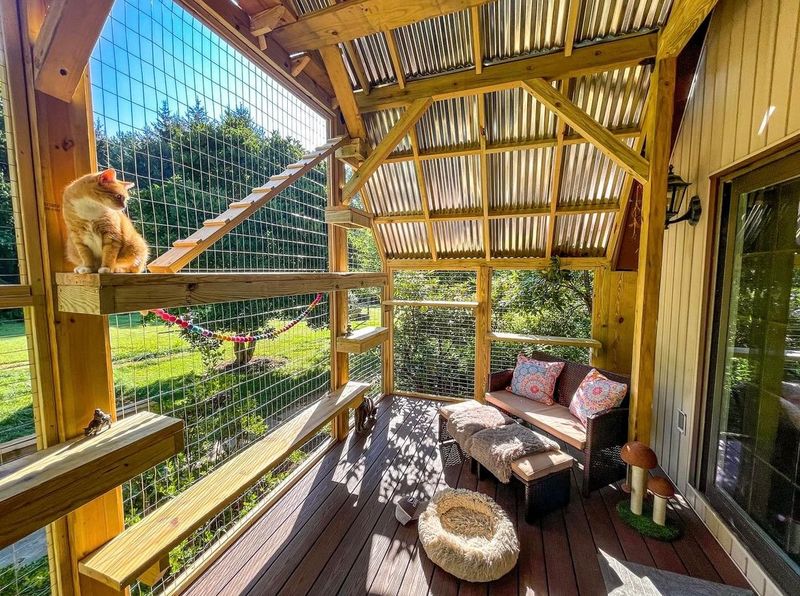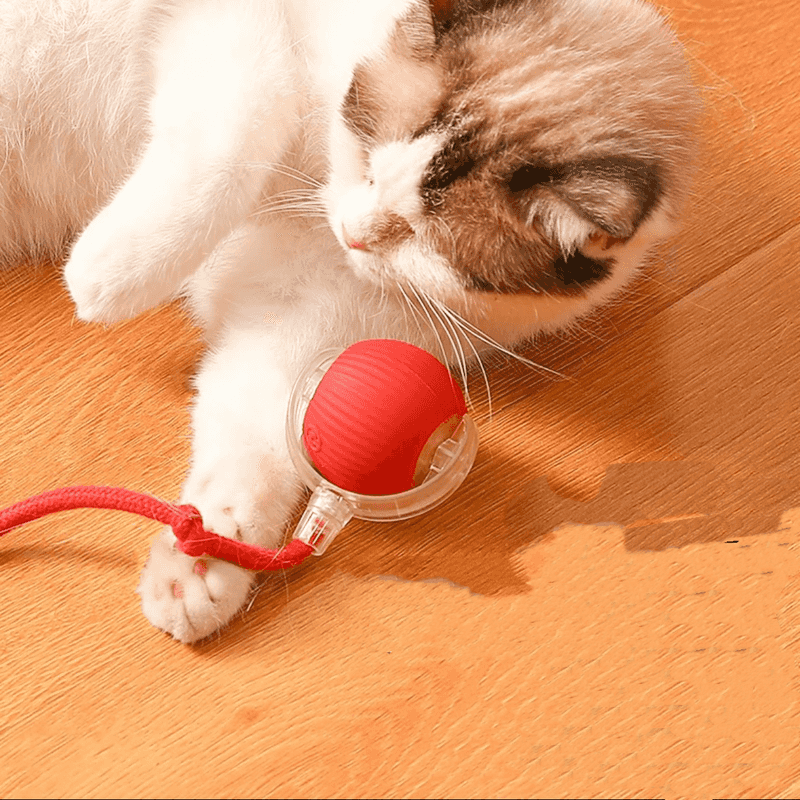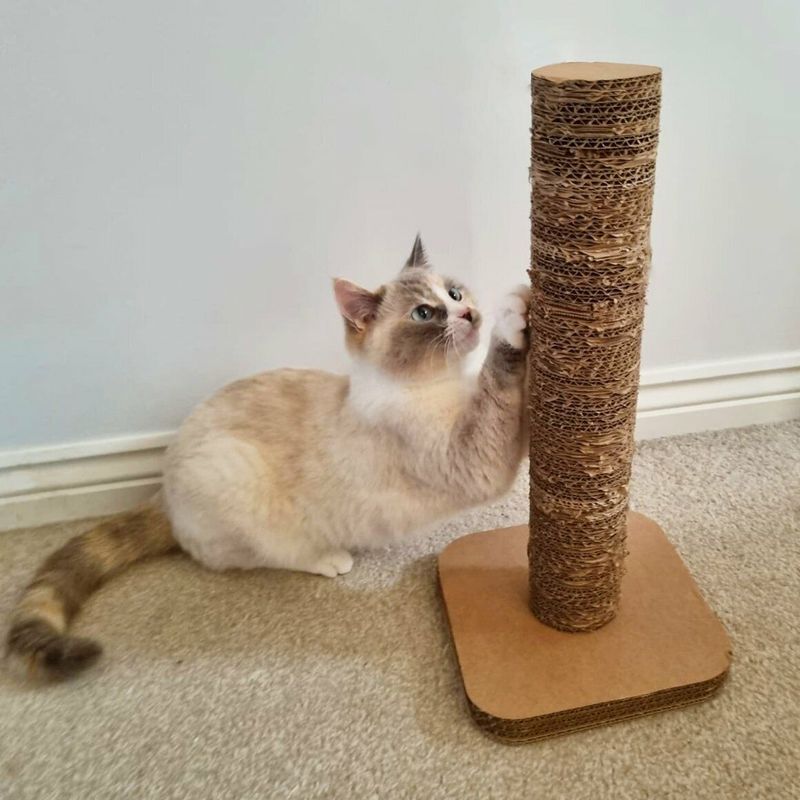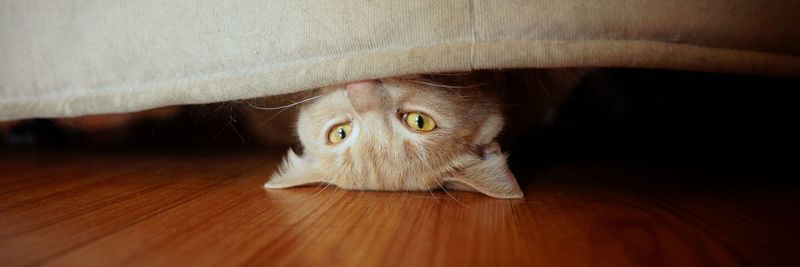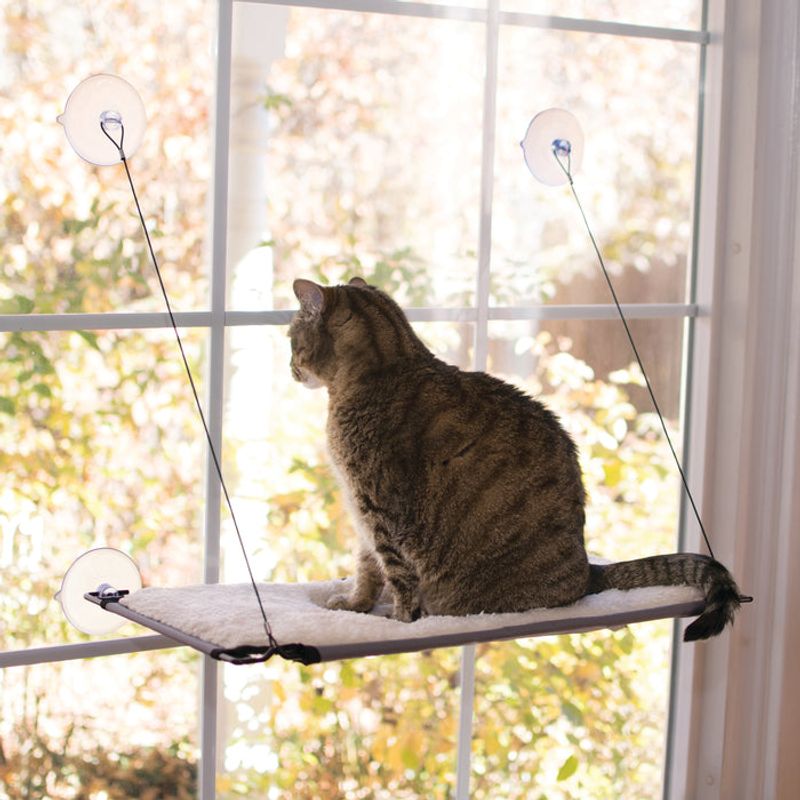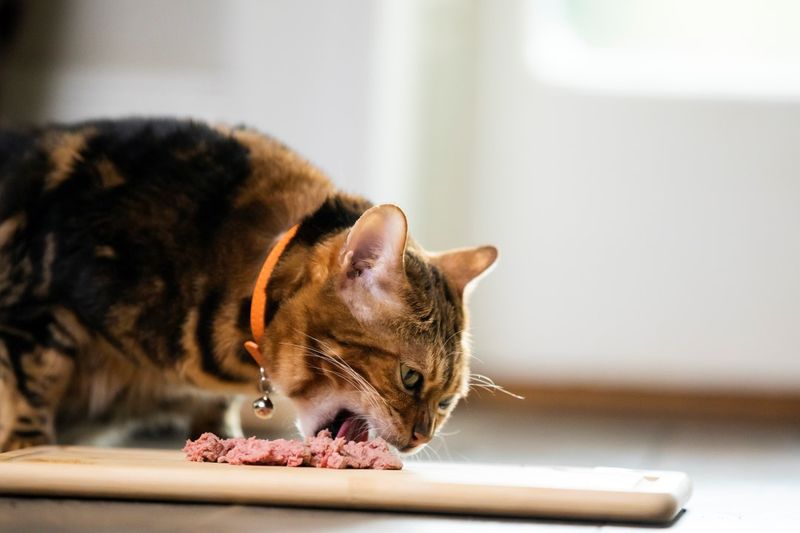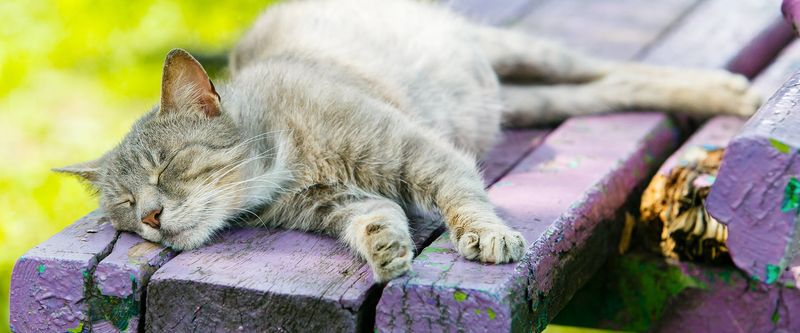📖 Table of Content:
- 1. Vertical Territory Expansion
- 2. Puzzle Feeders Instead of Bowls
- 3. Regular Brush Sessions
- 4. Dedicated Play Schedule
- 5. Safe Outdoor Experiences
- 6. Slow Blinking Conversations
- 7. Rotating Toy Collection
- 8. Dedicated Scratching Surfaces
- 9. Quiet Hideaway Spots
- 10. Window Watching Stations
- 11. Consistent Feeding Times
- 12. Gentle Massage Sessions
- 13. Fresh Water Stations
- 14. Dedicated Sunbathing Spots
- 15. Respect for Sleep Cycles
- 16. Catnip and Cat Grass Variety
Cats often appear independent, yet they have specific needs and preferences that can go unnoticed by many owners. These subtle desires shape their daily happiness and well-being. Recognizing what truly engages them is key to providing a fulfilling environment.
Many felines seek activities and interactions beyond basic care, craving stimulation and connection. When these needs are met, cats tend to show more affection and contentment. Ignoring these preferences may lead to frustration or boredom in otherwise healthy cats.
Incorporating favored activities into a cat’s routine can greatly enhance their quality of life. This not only strengthens the bond between cat and owner but also encourages positive behaviors. Attention to these often-overlooked favorites results in a more joyful, engaged companion.
1. Vertical Territory Expansion
Cats are natural climbers with a strong instinct to survey their domain from high places. Adding cat shelves, tall scratching posts, or cat trees throughout your home satisfies this primal need for vertical territory. Many owners provide just one climbing spot when cats actually need multiple vertical pathways throughout the house.
This vertical space helps reduce stress and territorial conflicts in multi-cat households. Wall-mounted perches near windows offer the bonus of entertainment as your cat watches outdoor activities while feeling secure in their elevated position.
2. Puzzle Feeders Instead of Bowls
Free-feeding from bowls doesn’t tap into your cat’s hunting instincts. Puzzle feeders challenge cats to work for their food, mimicking natural hunting behaviors and providing crucial mental stimulation. Cats in the wild spend hours hunting, catching up to 20 small prey items daily.
This activity engages their brain and body in ways that eating from a bowl simply can’t match. Rotating different puzzle types keeps the challenge fresh. From rolling balls to sliding compartments, these feeders transform mealtime into an engaging activity your cat will eagerly anticipate.
3. Regular Brush Sessions
Brushing does more than just reduce shedding—it’s a bonding ritual cats adore. The sensation mimics the grooming they received from their mothers and creates a special connection between you and your pet.
Different coat types require different brushes. Short-haired cats benefit from soft bristle brushes, while long-haired breeds need wide-toothed combs to prevent painful mats. Beyond the bonding benefits, regular brushing distributes natural oils throughout your cat’s coat, reducing hairballs and keeping skin healthy. Most cats need this attention at least 2-3 times weekly.
4. Dedicated Play Schedule
Spontaneous play is great, but cats thrive on routine. Setting specific times for interactive play sessions helps cats release energy predictably and prevents behavior problems stemming from boredom. Morning and evening play sessions align with cats’ natural hunting times.
Just 10-15 minutes twice daily makes a tremendous difference in your cat’s mental health and physical fitness. Rotating toys keeps engagement high. Put away wand toys after play to maintain their appeal and prevent dangerous chewing when you’re not supervising. Your cat’s excited response to seeing their special toys emerge signals healthy anticipation.
5. Safe Outdoor Experiences
Indoor cats miss the sensory richness of nature. Creating safe outdoor access through catios, window perches, or harness training satisfies their curiosity without exposure to outdoor dangers. Fresh air and natural sunlight provide vitamin D and mental stimulation that indoor environments alone cannot.
The sounds, smells, and sights of nature engage all your cat’s senses in a way indoor living rarely can. Even apartment dwellers can create small balcony enclosures or install window boxes with cat-safe plants. These outdoor experiences reduce stress behaviors like excessive grooming or destructive scratching.
6. Slow Blinking Conversations
Through slow blinking, cats communicate feelings of love and trust, though this subtle sign often slips past owners’ notice. When a cat slow blinks, it’s expressing comfort and attachment. Offering a slow blink in return creates a unique non-verbal bond that deepens mutual understanding.
Research confirms this “cat kiss” is a significant social signal in feline communication. Try initiating these exchanges when your cat is relaxed. Maintaining soft eye contact while slowly closing and opening your eyes tells your cat “I feel safe with you” in a language they instinctively understand.
7. Rotating Toy Collection
When toys are always out, cats often get bored quickly. Rotating toys by putting some away for a few weeks before reintroducing them keeps playtime exciting. Storing toys with catnip in an airtight container can renew their attraction.
When you reintroduce them, your cat will respond as if they’re brand new, extending the life and value of your toy collection. Most cats benefit from having just 5-7 toys available at once, with new options cycled in weekly. This system prevents sensory overload while maintaining the crucial element of novelty that triggers play behaviors.
8. Dedicated Scratching Surfaces
Instinct drives cats to scratch, a crucial act for grooming their claws and staking their territory. Offering a variety of scratchers in different positions satisfies this primal need and shields your home. Vertical scratchers should let cats stretch out fully, while horizontal ones cater to those who prefer a laid-back scratch.
Observe which surfaces your cat gravitates toward naturally and provide similar textures. Sisal, cardboard, and wood offer different tactile experiences that cats enjoy. Strategic placement near sleeping areas or entry points to rooms encourages regular use, as cats often scratch when waking or entering new spaces.
9. Quiet Hideaway Spots
Secure hiding places reduce stress by giving cats control over their social interactions. These retreats are especially important in busy households or during stressful events like visitors or renovations. Cardboard boxes, covered beds, and dedicated cat furniture with enclosed spaces make perfect sanctuaries.
The ideal hideaway allows your cat to observe its surroundings while feeling protected. Never force a cat from their hiding spot—this violates their trust and increases anxiety. Instead, respect these boundaries and create multiple retreat options throughout your home, allowing your cat to choose the perfect spot based on their comfort level.
10. Window Watching Stations
Windows provide endless entertainment for indoor cats, yet many homes lack comfortable perches where cats can safely enjoy the view. Creating dedicated window stations with comfortable cushions transforms passive glass into interactive cat television. Birds, squirrels, and passing cars become fascinating programming for your feline.
Adding a bird feeder outside a window creates a premium channel they’ll watch for hours. Suction cup perches work well for renters, while permanent window seats benefit homeowners. The mental stimulation from these observation posts reduces boredom-related behavior problems and provides enrichment even when you’re away.
11. Consistent Feeding Times
Free-feeding disrupts cats’ natural hunting rhythms. Scheduled meals create positive anticipation and satisfy their instinctual need for routine and predictability in their food acquisition. Cats are crepuscular hunters, naturally active at dawn and dusk.
Aligning feeding times with these natural activity periods—typically early morning and early evening—supports their biological clock and digestive health. The ritual of meal preparation becomes a bonding experience as your cat learns to associate your specific actions with forthcoming food. This predictability reduces anxiety and food aggression while strengthening your cat’s trust in you as their reliable provider.
12. Gentle Massage Sessions
Just like people, cats can carry tightness in their muscles that goes unnoticed. Regular, gentle massages targeting the head, neck, and shoulders ease this tension and build trust in ways often missed. Slow, circular motions near the ears and soft kneading down the spine mimic the soothing care of a mother’s grooming.
Watch for purring and kneading—signs your cat is enjoying the experience. Keep sessions short initially, about 2-3 minutes, gradually extending as your cat becomes comfortable. These moments of focused touch communication build trust and provide health benefits by improving circulation and helping you detect unusual lumps or sensitive areas early.
13. Fresh Water Stations
Hydration challenges are common in cats, often resulting in urinary problems. Placing several fresh water bowls around the house helps keep water appealing and within easy reach. Many cats are naturally drawn to running water, a trait rooted in their wild ancestors’ preference for fresh, flowing sources.
Cat fountains capitalize on this natural attraction and increase water consumption dramatically compared to still bowls. Placing water stations away from food mimics natural conditions—in the wild, cats hunt away from their water source to avoid contamination. This separation often results in increased drinking, supporting kidney function and helping prevent common urinary tract problems.
14. Dedicated Sunbathing Spots
Sunlight holds a special allure for cats, drawn instinctively to its warmth and health benefits. Providing cozy, sunlit spots with soft bedding offers them a natural retreat that nurtures both body and mind. Observing the sun’s path indoors helps find the perfect places for these sunny sanctuaries.
Morning eastern exposure and afternoon western windows provide different sunbathing opportunities throughout the day. During colder months, heated beds can supplement natural sunshine. The warmth eases joint pain in older cats and provides comfort that reduces stress. Cats will rotate between these spots as the sun moves, following their natural desire for perfect temperature regulation.
15. Respect for Sleep Cycles
Cats sleep 12-16 hours daily, yet many owners disrupt these crucial rest periods. Respecting your cat’s sleep by creating undisturbed quiet zones allows them to complete vital sleep cycles that support health and mood.
Children should learn that sleeping cats shouldn’t be disturbed. Creating elevated resting spots can help cats escape unwanted attention when they need rest. Sleep deprivation in cats leads to stress-related behaviors like inappropriate elimination or aggression. Observing and protecting your cat’s preferred sleeping schedule creates harmony in your household while supporting their biological needs for extensive rest between active periods.
16. Catnip and Cat Grass Variety
Only about 70% of cats respond to catnip, but many owners never explore alternatives. Silver vine, valerian root, and honeysuckle offer similar euphoric effects for cats who don’t react to traditional catnip. Growing cat grass provides essential fiber and satisfies cats’ natural urge to chew vegetation.
This healthy outlet prevents them from munching on potentially toxic houseplants while providing digestive benefits. Rotating these enrichment herbs keeps experiences fresh. Dried herbs can be sprinkled on scratching posts or toys, while fresh plants offer both recreational and nutritional benefits. The variety prevents sensory adaptation and maintains your cat’s interest in these beneficial plant interactions.
